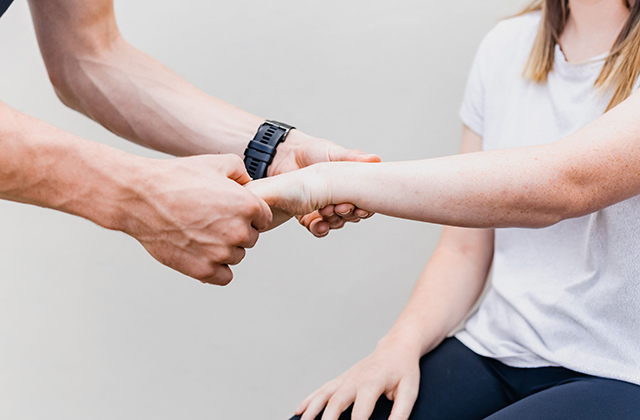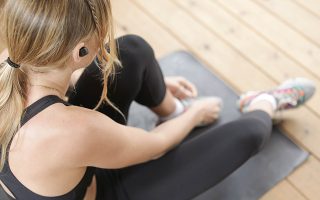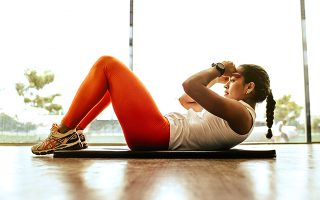Massage is one of those things that people think they need, but don’t know how to get. Maybe they’ve heard it’s relaxing and soothing, but they’re not sure if it’s worth the money, or if it’s OK to ask for a massage at work. But here’s a little secret: Massage is good for more than just muscles. It can help with circulation and digestion, too. Lymphatic massage Sydney goal is to improve the the transport of fluid and waste in the body through the lymphatic system.
Massage has long been thought of as a treatment for sore muscles. But it’s more than just a way to relax and rejuvenate your body — it can actually improve your health in many ways. Here are some of the health benefits of massage:
It lowers stress and anxiety. Massage lowers levels of the stress hormone cortisol, which helps you maintain a positive mood. It also reduces depression, anxiety and insomnia.
It improves circulation and lymphatic drainage. Massage can help relieve fluid retention by increasing lymphatic drainage. This means that it can help with swelling and bloating caused by water retention in people who have high blood pressure or heart disease.
It reduces pain from arthritis or fibromyalgia. Massage increases blood flow to painful areas, which helps reduce inflammation and stiffness in joints associated with arthritis and fibromyalgia.
Massage therapy is a form of complementary and alternative medicine (CAM) that’s being used by more and more people. According to the Centers for Disease Control and Prevention (CDC), approximately 36 percent of adults in the United States used CAM in 2007. That number was up from 34 percent in 2002.
Massage has been shown to help relieve symptoms associated with a variety of conditions, including:
- back pain
- arthritis pain
- headaches and migraines
- fibromyalgia symptoms
Massage therapy is a great way to relieve stress, improve circulation and help you relax. But did you know that massage can also reduce pain and inflammation? That’s because massage stimulates the production of natural anti-inflammatory chemicals called endorphins. And because endorphins are structurally similar to opiates, they bind to the same receptors in the brain that respond to morphine. So massaging your muscles may actually be similar to taking an opioid painkiller.
Other studies have found that massage therapy can help with chronic low-back pain, fibromyalgia and rheumatoid arthritis. There’s even evidence that regular massages may reduce symptoms of depression and anxiety over time.
Massage is good for more than just muscles. It can help relieve stress and relax tense muscles, improving your overall health and well-being. It’s also been shown to reduce pain and stiffness, improve circulation, boost immunity, help you sleep better and feel happier, improve athletic performance, ease the symptoms of anxiety or depression, and even treat chronic pain with osteoarthritis or fibromyalgia.
Massage is used for relaxation or medical purposes. It can be done by a professional massage therapist (MT) or self-massage using one’s own hands. Massage therapists use massage techniques that may include stroking, kneading, rubbing or tapping movements with the hands or fingers; applying pressure with the hands, fingers and forearms; compression with hands; applying hot stones; stretching; vibration; friction; cross fiber friction techniques like frictions on the longitudinal axis of muscle fibers (e.g., myofascial release); flushing out toxins with various lymphatic drainage techniques; restoring normal blood flow to tissues through application of pressure on specific points along energy meridians (known as acupressure); manipulating superficial tissues with movement as in Swedish massage.
Massage has been shown to reduce the symptoms of depression and anxiety, as well as chronic pain. It can also help with other conditions, like fibromyalgia and arthritis.
If you’ve never had a massage before, you might be wondering what to expect. Here are answers to some common questions about massage:
What is a massage? A massage is a form of touch therapy that uses pressure, friction and other techniques to manipulate soft tissues in the body in order to improve circulation, relieve pain and promote relaxation. Massage therapists use their hands, forearms and elbows to apply these techniques to your body.
Who should get a massage? Anyone who wants one! Massage is especially beneficial if you have tense muscles or sore joints from working out at the gym or doing manual labor around the house. It’s also great if you’re feeling stressed out because of work or family pressures.
How long does it take? You’re not going to see results overnight — it takes time for your body to adjust itself when it begins receiving good benefits from regular massages over time — but usually about 15-20 minutes per session is enough for most people.
If you’re like me, you’ve probably received massages for sore muscles on occasion. And if you’re like me, you’ve also had massages for non-sore muscles.
Massage therapy is good for more than just muscles: it can help with chronic pain and stress, as well as some health conditions. Here are a few ways massage therapy can improve your overall health:
Reduces Stress
Stress can have a multitude of negative effects on your body and mind. It can cause anxiety and depression, heart disease, insomnia and other sleep disorders, digestive problems, headaches and migraines and even skin conditions such as acne and eczema. Since massage therapy helps to reduce stress levels by increasing blood flow throughout the body, it’s a natural way to combat stress-related conditions. Read more to understand the benefits if lymphatic massage.
Lowers Blood Pressure
High blood pressure is often associated with heart disease and stroke. Massage therapy has been shown to lower blood pressure in people who suffer from high blood pressure — especially when combined with breathing exercises or meditation techniques. It’s important to note that this effect only lasts while the massage is being performed; once the session ends, so does its ability to lower blood pressure.




